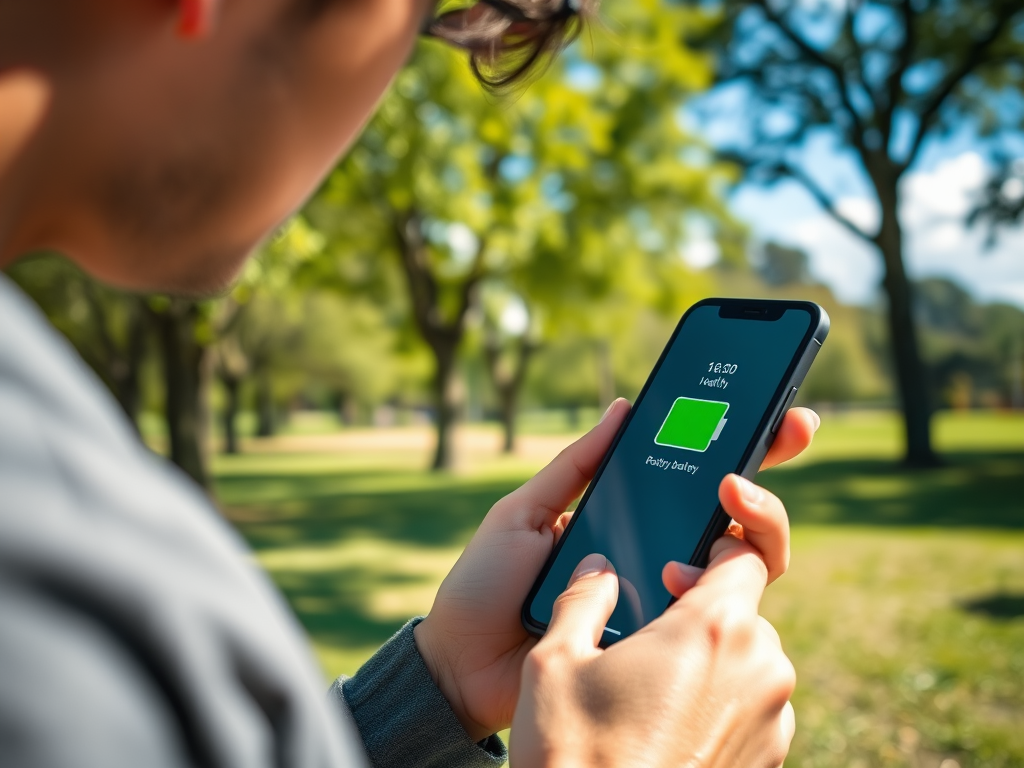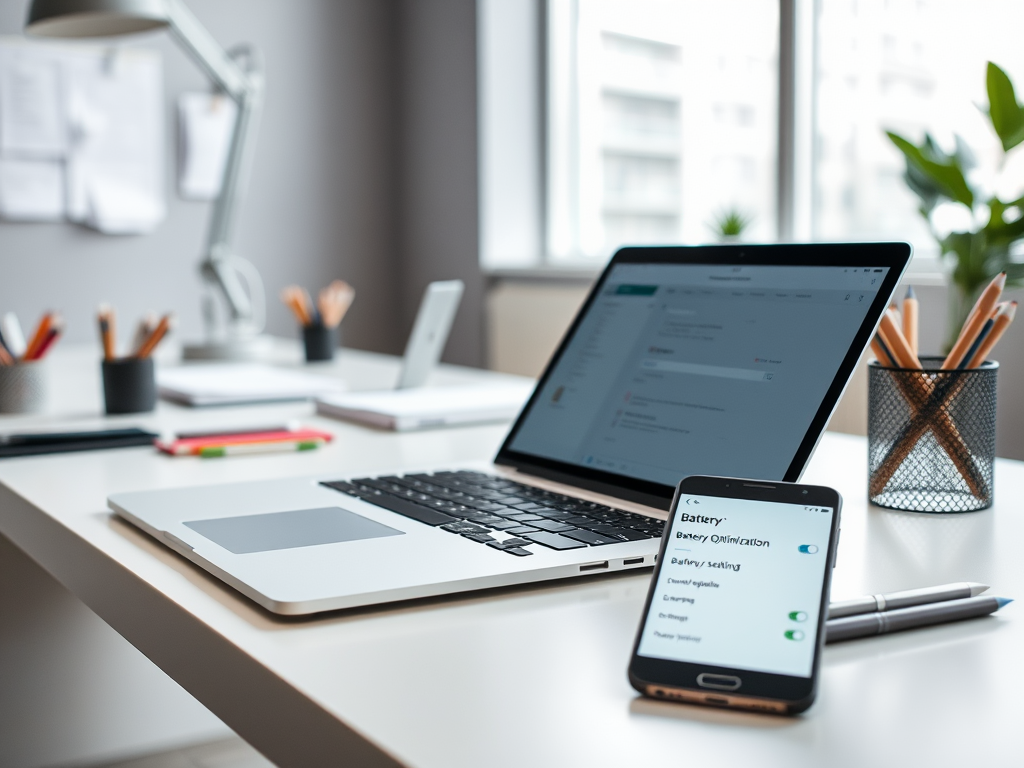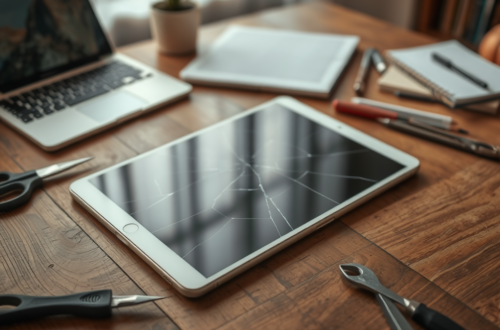For most of us, our smartphones are essential tools that we rely on daily for connectivity, information, and entertainment. Yet, the lifeblood of these devices—the battery—often receives less attention than it deserves. An unhealthy battery can lead to poor performance, swelling, or even complete failure, which ultimately affects the overall user experience. Despite the advancements in battery technology, understanding how to take care of your phone battery can significantly enhance its longevity and efficiency. Whether you’re a tech aficionado or someone who occasionally checks their notifications, knowing how to properly maintain your battery can make a world of difference.
This article explores effective strategies to extend the life of your phone’s battery, debunking myths, and offering actionable tips. You will discover the dos and don’ts that can enhance your device’s endurance, ensuring it stays powered up when you need it most. From charging practices to practical usage habits, we’ll provide a comprehensive overview. Additionally, we’ll explore how seasonal changes affect battery health and what you can do to counter those effects.
Understanding Your Phone Battery

Modern phones are equipped with lithium-ion batteries, known for their reliability and efficiency. However, it’s crucial to understand that even these high-tech batteries can degrade over time if not properly managed. Factors like repeated full discharges and excessive heat can reduce lifespan and performance. By delving into effective battery care practices, you can maximize your phone’s capability and longevity. Keeping your battery healthy not only prolongs its life but also ensures that your device performs optimally.
Common Myths About Phone Batteries

Many misconceptions exist about phone batteries that can lead to poor user habits. One common myth is that you should always let your battery run down to 0% before charging. In reality, partial charges are healthier. Another prevalent belief is that charging overnight is harmful to the battery. While older batteries had this issue, modern devices have built-in mechanisms to prevent overcharging. Understanding these myths is crucial for making informed decisions about your battery care routine.
- Myth 1: I should discharge my battery completely before recharging.
- Myth 2: Overnight charging damages the battery.
- Myth 3: Keeping my phone plugged in all day is safe.
Best Practices for Charging Your Phone Battery
Charging habits play a vital role in maintaining battery health. To extend your battery’s life, it’s wise to adopt specific charging practices. Frequent, short charging sessions can help prevent deep discharges, which are taxing on battery integrity. Try to keep your battery level between 20% and 80% for optimal performance. Moreover, utilizing the right charger and avoiding wireless charging whenever possible can lead to better long-term battery health.
Charging your phone in intervals, such as resting it on the charger for short bursts, is beneficial. This approach reduces stress on the battery by preventing significant charge cycles and keeping the battery’s charge level moderate. Frequent shallow charges are preferable compared to letting the battery dip to low percentages before charging. Implementing this practice can help in sustaining battery health in the long run.
Monitoring Battery Health
Being proactive about your battery’s health can prevent many common issues. Modern smartphones have built-in features that allow users to track battery health and assess performance. Regularly monitoring battery usage and checking for apps that drain power excessively can provide insights. Leveraging available tools will not only assist in identifying power-hungry applications but also promote a balanced and efficient phone usage experience.
| Battery Health Indicators | What They Mean |
|---|---|
| Charge Cycles | The number of times the battery has been charged from 0% to 100%. |
| Temperature | Batteries should remain between 32°F (0°C) and 95°F (35°C) for optimal operation. |
| Battery Capacity | The percentage of original capacity remaining, indicating health. |
Tips to Optimize Battery Performance
In addition to proper charging techniques, there are various daily practices to enhance your phone’s energy efficiency. Making simple adjustments can significantly influence battery drainage, especially over time. Efficient usage of applications and settings contributes to conserving energy. Look at turning off location services for apps that don’t need them or switching to dark mode if your phone has an OLED display. Simple shifts can lead to noticeable improvements.
Adjust Screen Brightness
The screen is one of the largest battery consumers on any smartphone. Adjusting brightness levels not only improves visibility but also helps save battery. Most devices come equipped with an auto-brightness feature that activates based on ambient light; utilizing this can lead to significant savings in power consumption. If you’re not using the phone in bright conditions, consider lowering your brightness manually to maximize battery life.
- Turn off auto-brightness for total control.
- Use adaptive brightness features for optimized usage.
- Set brightness to a lower level when indoors.
Manage App Usage
Many apps consume power even when not actively in use. Background processes can significantly drain battery life, especially power-hungry applications. Assess your app list and disable background activity for unnecessary tools. You can generally find these settings in your device’s battery management settings. Keeping your app usage in check is essential for not overspending your battery’s life.
Seasonal Phone Battery Care
Your phone’s battery life can be significantly affected by seasonal temperature changes. Cold weather can lower your battery’s performance temporarily, while excessive heat can damage the battery’s components and lead to swelling. There are practical measures to ensure your battery remains unaffected by external climates. Keep your phone in a protective case when outside and avoid leaving it in hot cars or direct sunlight.
Conclusion
Taking care of your phone battery isn’t just about ensuring it lasts longer; it’s about enhancing your overall user experience. By adopting mindful habits and debunking misconceptions, you can establish a functional relationship with your device. Engaging in practices such as interval charging, monitoring battery health, and adjusting your daily usage can promote battery longevity. By understanding the intention behind each practice, you empower yourself to maximize performance and maintain efficiency. Start implementing these tips today to enjoy a more dependable smartphone experience for years to come.
Frequently Asked Questions
- How often should I charge my phone? Ideally, charge your phone when it drops below 20% and unplug it when it reaches around 80%.
- Can I use my phone while it’s charging? It’s better to limit usage while charging to avoid overheating, which can damage the battery.
- What temperature should I keep my phone to protect the battery? Keep your phone in environments between 32°F (0°C) and 95°F (35°C) for optimal battery health.
- Does using a fast charger harm my phone battery? Fast chargers are generally safe for modern smartphones, but frequent use can lead to slight heat increases.
- How can I check my battery’s health? You can check battery health through your phone’s settings or by using dedicated apps designed for monitoring battery performance.





